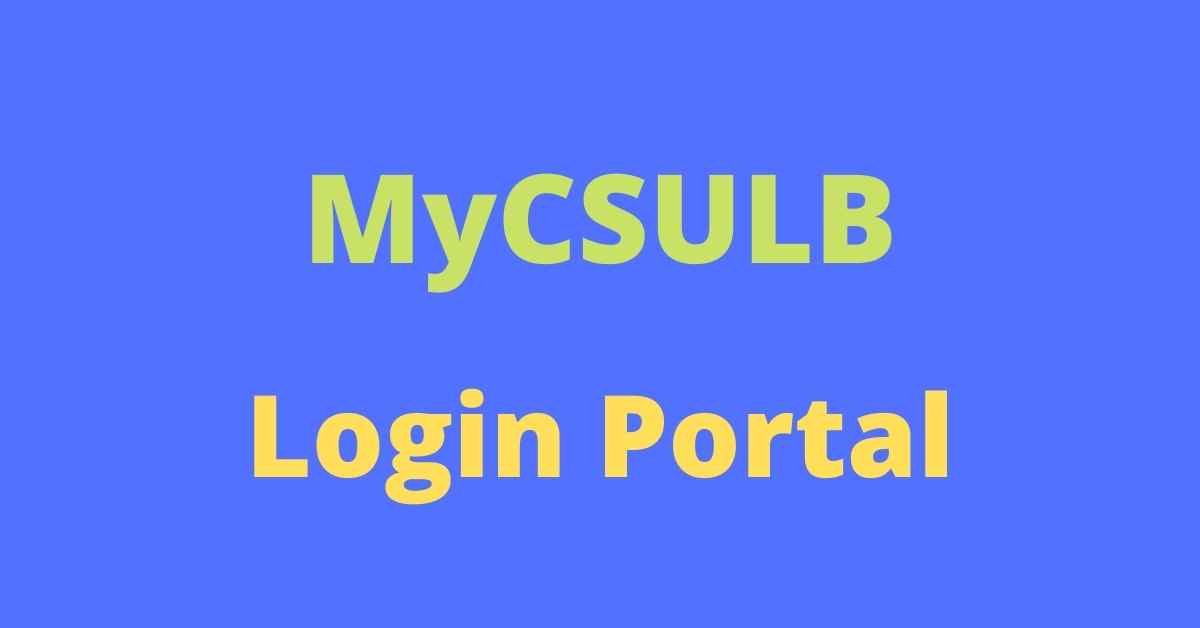Software
The Ultimate Guide to Creating No-Code PWAs with PWA Builder

Are you a non-coders looking to build Progressive Web Apps (PWAs) for your business or organization? Don’t worry, with PWA Builder you can create PWAs without writing any code. In this ultimate guide we will show you how to use PWA builder and optimize your PWAs for best performance and discoverability.
Understand the Fundamentals of Progressive Web Apps
Before you start creating a PWA from scratch, it is important to understand the fundamentals of Progressive Web Apps. PWAs are made up of several technologies, including service workers and web manifest files, and a combination of JavaScript, HTML, and CSS code. To make sure your PWA works across different devices and excels in performance it’s important to be familiar with the basics.
A no code Progressive Web App builder is a great tool for creating your own PWA with minimal coding knowledge. Platforms such as PWABuilder allow you to point-and-click your way through the process of creating and launching a PWA with ease. You’ll be able to customize the look and feel of your PWA, add user authentication, connect deliverability tools to send notifications, and more. Whether you’re a beginner or an advanced user, a no code PWA builder can save you plenty of time and hassle in the long run.
Install PWA Builder and Set Up Your Accounts
To get started with PWA Builder, you need to first install it on your device. Now visit the website pwabuilder.com and click the “Get Started” button. You will then have to create an account or log-in with an existing one. After you create or log-in with an account, you can set up some of your basic project settings like title, background image, icons etc. This is a critical step for optimizing the discoverability of your PWA.
Once you have setup PWA Builder, it is time to start designing your PWA. You can easily customize the look of your website within a few clicks using their enticing drag and drop interface. Moreover, you don’t need any coding skills to create a progressive web app as everything is provided by the PWA Builder platform. Lastly, the platform enables you to test how the PWA would look on both mobile and desktop devices. This way, you could build a single version of your progressive web application that is optimized to work across multiple devices while keeping performance in mind.
Configure Your App to Make It Secure
Configuring your app for secure authentication is a critical step for keeping your user information safe. You can set up secure authentication with PWA Builder by creating a client ID, secret key, and redirect URL from an identity provider like Google or Okta. Once configured, the PWA builder will generate security tokens to ensure a secure connection between the app and the server or third-party services you’re using.
Once the secure authentication is enabled, users will need to sign into their account with the identity provider to access your app. This process adds an additional layer of security and ensures that only authorized users can access your application’s data. By utilizing PWA Builder’s secure authentication, you can rest assured knowing that user information and sensitive data is protected.
Optimize Your App for Performance and Accessibility
Once you’ve created your PWA using PWA Builder, it’s important to optimize your app for performance and accessibility. Make sure you use responsive design techniques to ensure the user interface adapts smoothly for any device or screen size. Additionally, take steps to optimize content delivery and loading times by compressing images, using lazy loading for larger media content (like videos), and caching resources where appropriate. You should also implement accessibility features such as high contrast themes or support text-to-speech tools so users with disabilities are able to navigate the app.
With the right optimization techniques, your PWA will be running efficiently and seamlessly for all users – whether they’re using a laptop, tablet, or mobile device. And with features like service workers that allow users to keep using the app even when there’s no internet connection, PWAs are becoming increasingly popular as an alternative to traditional native apps. If you’re looking for an easy, no-code way to create an app with high performance standards and a great user experience, PWA Builder is a great choice.
Utilize SEO Strategies to Increase Discoverability
Optimizing your PWA for discoverability is essential if you want users to find it. You can implement a number of SEO strategies such as optimizing titles, descriptions, and URL structures; adding alt text to images; structuring data with schema.org markup; submitting the app to search engines; and submitting a sitemap to Google Search Console. Additionally, take steps to make sure your website has quality backlinks from trusted sites which will improve its visibility in search engine results pages (SERPs).
To maximize discoverability even further, it is a good idea to measure how well your PWA performs with SEO tools. As part of the process, leverage Google Analytics or other tracking tools to measure user engagement metrics such as page views, time on page, session duration, and bounce rate. With these metrics in hand, you can pinpoint which pages need improvement so that your website becomes more discoverable and drives higher engagement levels.
-
Blog1 year ago
MyCSULB: Login to CSULB Student and Employee Portal – MyCSULB 2023
-
Android App3 years ago
Cqatest App What is It
-
Android1 year ago
What Is content://com.android.browser.home/ All About in 2023? Set Up content com android browser home
-
Software2 years ago
A Guide For Better Cybersecurity & Data Protection For Your Devices
-
Latest News2 years ago
Soap2day Similar Sites And Alternatives To Watch Free Movies
-
Android2 years ago
What is OMACP And How To Remove It? Easy Guide OMACP 2022
-
Android3 years ago
What is org.codeaurora.snapcam?
-
Business2 years ago
Know Your Business (KYB) Process – Critical Component For Partnerships





















